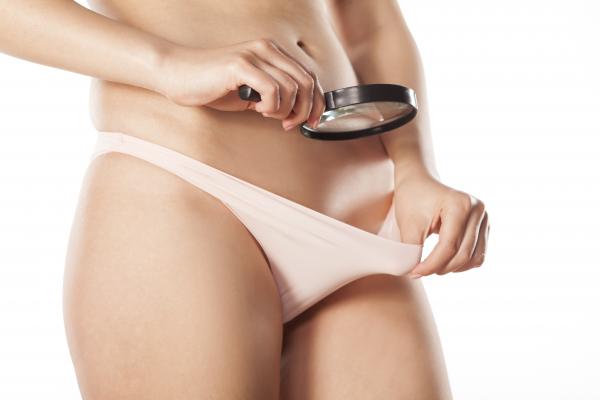Large or Small Labia, Both are Very Normal!

So many people, so many bodies. One woman has large labia, the other small. Many young women, in particular, now have a distorted image of what a vagina should look like. Everything is manageable, and more and more women are seeking help from a cosmetic surgeon to get a so-called "designer vagina."
Labia Reduction
The number of labia corrections worldwide increased by 45 percent in 2016 compared to 2015. This specifically concerns a reduction of the inner labia. The age at which women have their labs reduced is decreasing. And it is advised to wait at least 18 years because the body has then more-or-less grown up. These figures come from the research conducted by the International Society of Aesthetic Plastic Surgery among 35,000 doctors in 106 countries.
How does labia reduction work?
The most commonly used technique is the wedge resection. In the middle of the labia, a small triangle is removed, and the two halves are sewn together again. The scar is, therefore, in the middle of the labia. After the procedure, the scars can be painful when the labia swell.
What is a Normal Vagina?
Female genitals are just as diverse in appearance as male genitals. Yet research among young Australian women between the ages of 13 and 30 shows that almost all of them designate pictures of designer vaginas (with small inner labia) as 'normal.'
According to those researchers, that is a disturbing fact because women see the Playboy pussy as the ideal "normal" vagina. Hair removal of the pubic area, then, also does not contribute to accepting the vagina as it is. Bare labia are even more prominent, and women compare their completely normal labia with the pictures of the 'ideal vagina' and are wrongly very unsure of themselves.
When is a Vagina 'Different?'
So many women have inner labia that are larger than the outer labia. In general, women are not bothered by this. If it is a medical problem, then you can always decide whether an intervention is desirable and sensible.
Discomfort in your Genital Zone
Cycling and spinning are great activities to keep you in good shape, but be careful not to set the handlebars of the bike too low, which can cause considerable discomfort in your genital area — whether or not you have a designer vagina. People who spend a lot of time on a bike or in a spinning class often suffer from numbness of the pubic area, according to research by the American National Institute for Occupational Safety and Health.
The researchers measured the pressure on the pubic area of 41 women who cycle at least 15 kilometers a week. They found that women who ride a bicycle with a low handlebar experienced much more pressure on the clitoris, perineum, vagina, and labia. More pressure was also measured on the urethra.
The solution is simple: raise the handlebars so that you sit upright, and the pressure of the pelvis shifts to the sit bones.
For men, the seat is an additional area of attention: if the saddle has the typical long nose that you mainly see on men's bicycles, cyclists appear to have relatively frequent complaints such as erectile dysfunction and numbness of their genitalia. A traditional saddle helps prevent these complaints.
Tight Pants Syndrome
Too tight pants in men can lead to the 'tight pants syndrome,' first described in 1993 by Dr. Octavio Bessa. This internist from Stanford discovered that complaints such as abdominal pain, heartburn, and burping in several male patients were caused by wearing pants that were actually too tight around the waist.
Women also have to be careful with too tight underwear, such as correction pants. You camouflage extra kilos with it, but if you wear too tight underwear, there is a risk of stomach and intestinal complaints and even vaginitis. Underwear — in particular, underwear made of synthetic material or the so-called 'thongs' — are often the cause of skin problems. Thongs can also be said to be able to move bacteria from 'back' to 'front,' increasing the risk of infection and inflammation.









